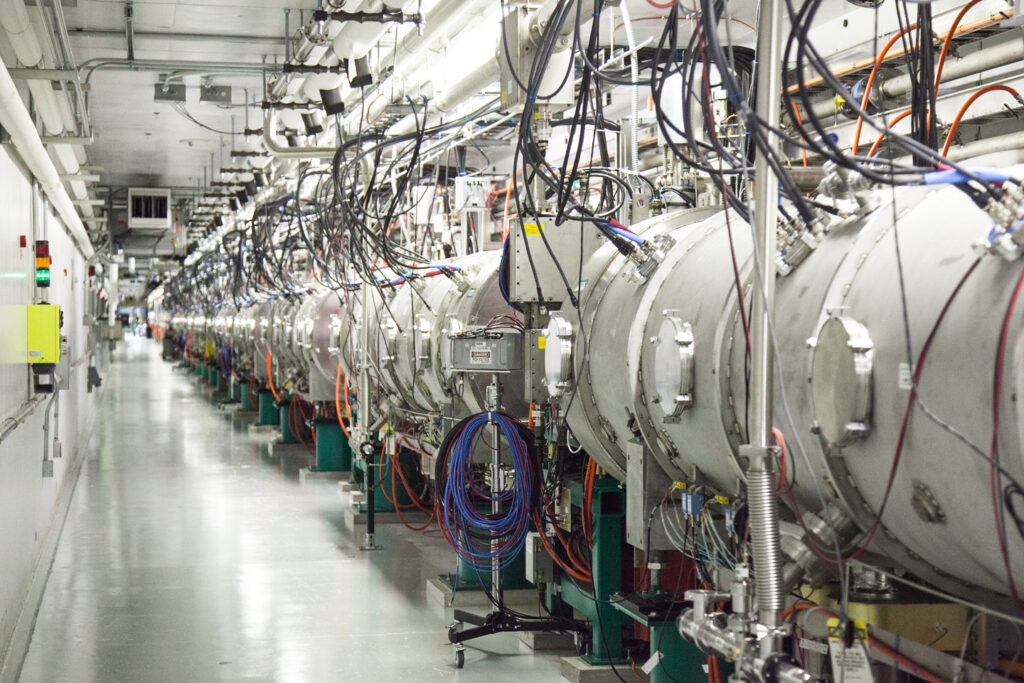
One of the Holy Grails of science has apparently been found: a room-temperature superconductor. In a paper recently published in Nature, scientists from the University of Rochester and collaborators announced that they had observed superconductivity at 59 degrees Fahrenheit in an exotic material they produced in the laboratory.
Superconductivity is a phenomenon occurring in certain materials characterized by the total absence of electrical resistance. Current flowing in a closed loop of superconducting wire can go on forever. Superconductors have other unique characteristics as well, all of which combine to make them quite useful in a number of applications. Superconductors are used in high-powered magnets in particle accelerators and in MRI machines. They continue to be developed for use in electrical power transmission, energy storage, communication filters, magnetic sensors, and more.
The problem with superconductors is that they only work at very low temperatures. For most of a century – after superconductivity was discovered in 1911 – those temperatures were very close to absolute zero: 459 degrees below zero Fahrenheit. (In the late 1980s, so-called high-temperature superconductors were discovered. Those materials superconduct at the temperature of liquid nitrogen: about 320 degrees below zero).
The dream has been to find a superconductor that works at ambient temperatures. The Rochester team has produced tiny amounts of a mysterious combination of hydrogen, carbon, and sulfur which, when subjected to extraordinarily high pressures (over 2 million atmospheres), superconducts at the temperature of a pleasant fall day.
There is no practical value for this first room-temperature superconductor, but it proves that superconductivity can exist at ambient temperature. Once something is shown to exist at all, there is reason to hope that it can occur in ways that are easier and more practical to attain.
**********
Web Links
First room-temperature superconductor excites — and baffles — scientists
Photo, posted June 18, 2013, courtesy of Oak Ridge National Laboratory via Flickr.
Earth Wise is a production of WAMC Northeast Public Radio.
Leave a Reply